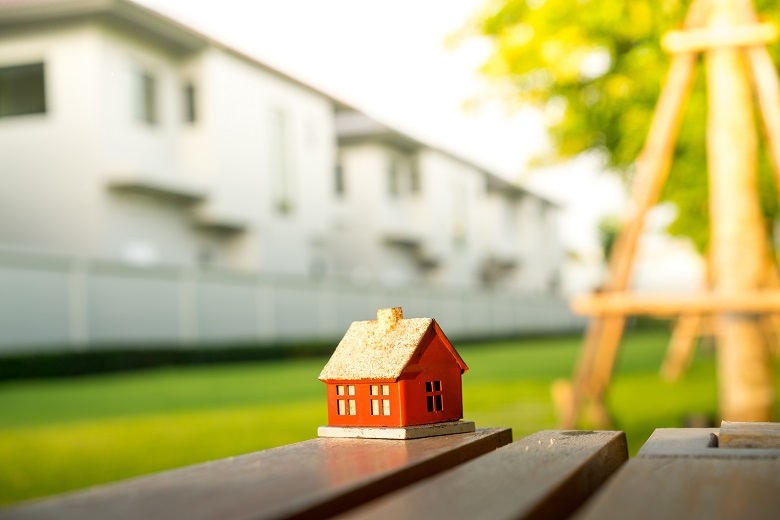
Tiny houses are an affordable housing option but are often overlooked because of inconsistent policy and legislation across the country.
The definition of tiny houses also differs across the states and territories, with even their size being debatable.
A new paper from the Australian Local Government Association, Australian local government association – perspective on tiny houses, explores the benefits of tiny houses and provides an overview of local government and affordable housing concerns.

Liz de Chastel, author of the paper and senior policy officer at ALGA, says certain states require tiny houses to be mobile, while others require they be kept at certain distances to each other.
They are a good affordable housing option because they are very cheap to build and to live in, she says.
“Tiny homes are one of the ways of solving the affordable housing problem; not the only way, but they do offer a good option for some people in some locations,” she told Government News.
They are also a potential repsonse to the increasing housing in cities, Ms Chastel says.
“Some of these tiny homes are going to be the only option open to some people to get into the housing market and getting out of the rental stress situation,” she says.
National conversation needed
According to the paper, Australia lacks a national affordable housing strategy, and there has been no national dialogue between the three levels of government on housing or planning.
Local government is the closest level of government to its community and is well placed to deal with the consequences of unaffordable housing and homelessness, it says.
However, state and territory governments are responsible for administering planning legislation, and councils are often constrained by these requirements. This has been true in relation to tiny houses.
“It’d be great to have some sort of consistency across the country in how state governments are dealing with (tiny houses), which we don’t have,” Ms Chastel says.
“And also for the state governments to consider them as a serious option, and giving some guidance to councils.”
ALGA is calling for a reinstatement of a national governance model to include local government. This would develop and discuss national strategies for affordable housing and homelessness.
“At the moment, the three levels of government really aren’t talking about some of these issues in a structured way,” Ms Chastel says.
“So what we’re calling for is a reinstatement of having some national conversation across the three levels of the government about how we address some of these challenges.”
Patchwork of compliance and implementation
The inconsistency of rules and regulations around tiny houses has also affected developers operating in the tiny houses market.
“They don’t just work in one state, they work across states, and often the rules and regulations are different across the country,” Ms Chastel says.
“At the moment, the three levels of government really aren’t talking about some of these issues in a structured way.”
“So they have to either change things or let people know what the situation is in Queensland versus NSW or whatever, so it makes a real patchwork of compliance and implementation.”
Tiny houses, especially tiny houses on wheels, also pose challenges for councils and owners in regards to safety, planning, building code compliance and negative community perception.
However, Ms Chastel says most of these concerns can be dealt with by building better community support around tiny houses, and informing the community about their benefits.
“Demonstration projects are usually quite useful so people can see that they work,” she says.
“And also just interviewing the owners or the people living in them, and giving the public stories about them is really useful.”
Comment below to have your say on this story.
If you have a news story or tip-off, get in touch at editorial@governmentnews.com.au.
Sign up to the Government News newsletter
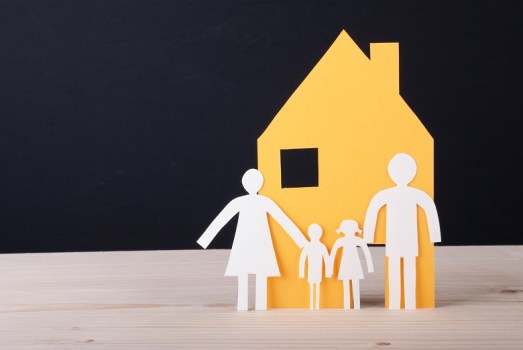

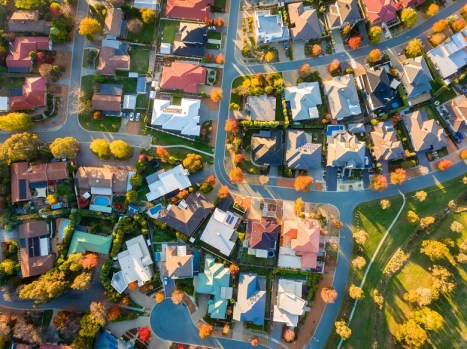

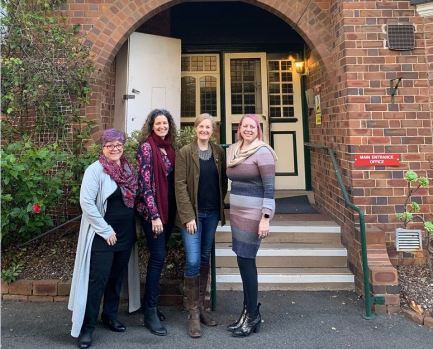
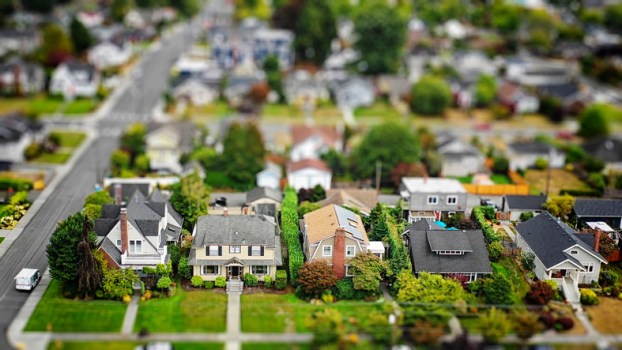
Tiny houses are a great idea. Also include in the discussion tiny terraces (down to 4 m wide, 2 stories high) as these are very land efficient and are a tried and true housing form – they properly address the street with a front door, and provide tiny backyards for drying the clothes and planting a tree. And change planning requirements for off street parking to maximum zero.
A tiny home is barely different than a caravan park. Lets be honest — the real problem is absurd housing prices.
After residing on a Land Lease Residential Park for the past 20 years in a smallish home (I own the house and the park Owner owns the Land for which I pay high rental) I am not so sure that this type of building arrangement would suit many people. I have also been active for the past 17 years in representing other residents who have genuine complains and problems living on these parks. Rental charges for the use of the land is continually increasing. Being too close to others often causes arguments and problems and building problems handled by council are not handled very well, if at all.
So everyone is effectively meant to become a caravan park dweller or live in a dollhouse? Government at all levels have under-prepared for the future that we now find ourselves living in.